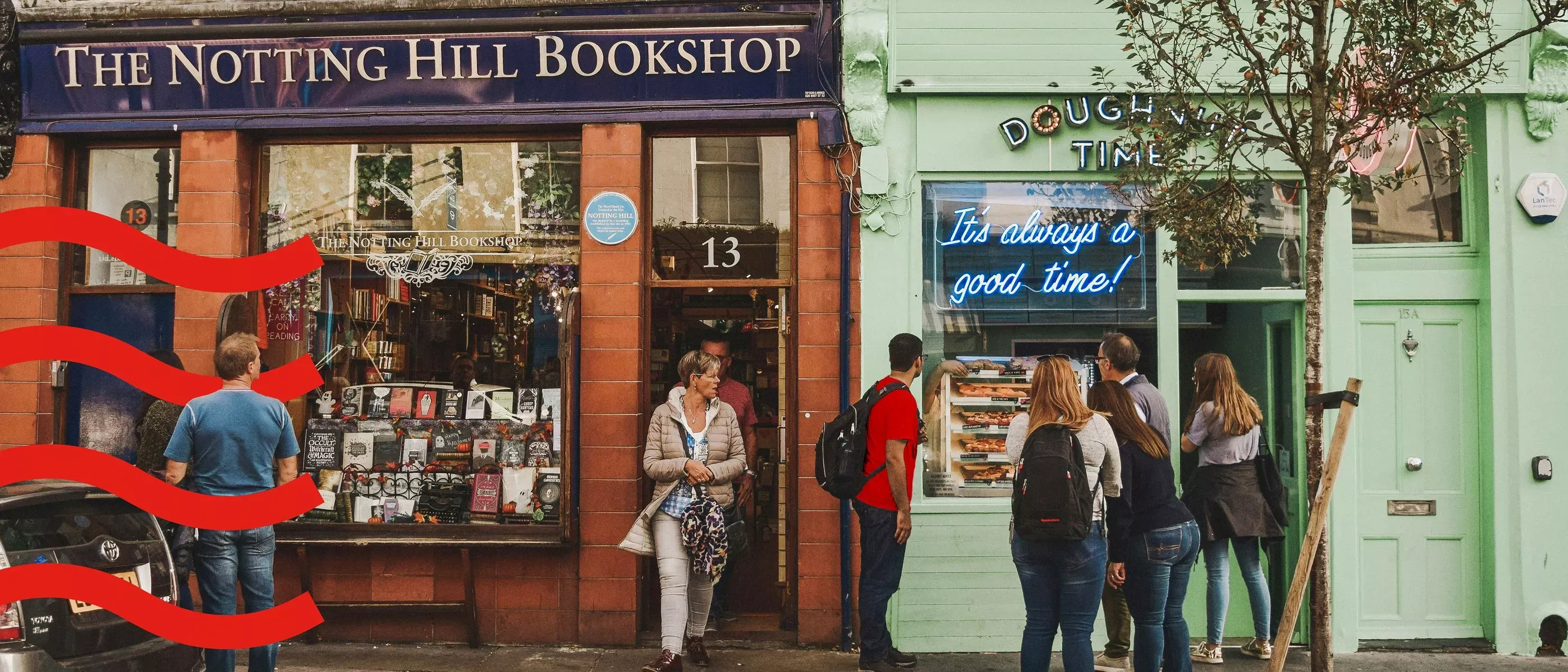
Improve customer retention using data
Building brand loyalty through smart customer retention strategies
Keeping your customers coming back is one of the smartest and most cost-effective marketing strategies out there – when it’s done right. By using the data, they already have, businesses can build solid customer retention strategies to help boost loyalty and keep their retention rate up. Basically, customer retention shows how well a brand is hanging on to its customers over time. Just like tracking churn, a high retention rate usually means you’ve got a loyal customer base that’s sticking around


“Reviving a relationship is something that mail can be extraordinarily potent at.”
Rory Sutherland
Vice Chairman Ogilvy UK
The importance of your Customer Retention Rate (CRR)
Customer retention rate (CRR) tells you how good your business is at keeping hold of customers over a certain period of time. It’s a handy way to gauge customer loyalty – and it can also give you insight into long-term customer value. Once you know your CRR, you can start measuring how well your retention strategies are really working. A higher percentage means you’re doing a great job keeping your customers engaged.







